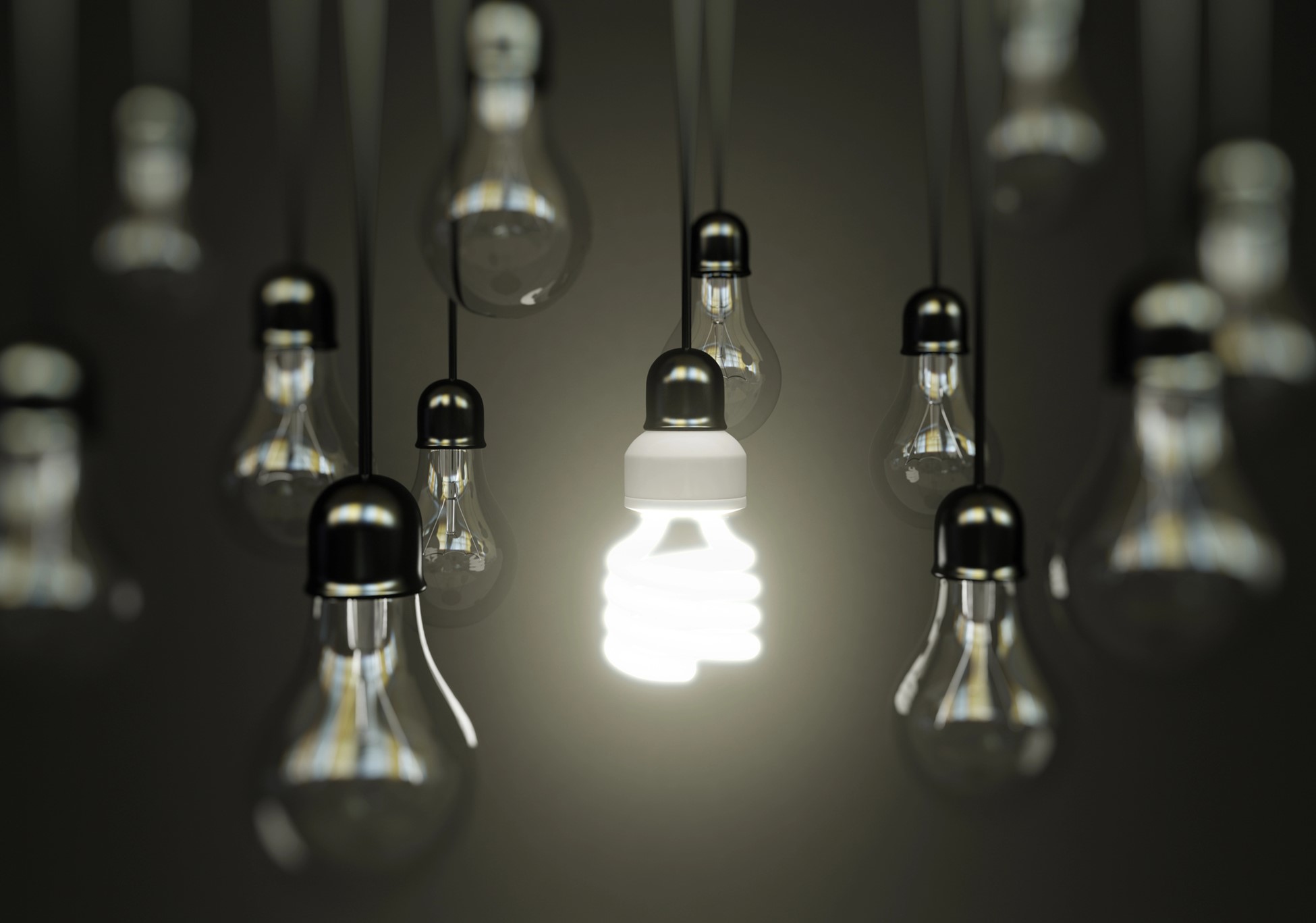Over the past few years, the importance of energy conservation and the need to reduce unnecessary expenses has taken a central spotlight in the lives of homeowners and businesses. For most, their monthly electricity bill forms a significant portion of their expenditures, urging them to look for effective ways to reduce it. This comprehensive guide aims to shed light on practical strategies every consumer can implement to curtail their electricity bills drastically. The cost of electricity isn’t fixed; it is dictated by different variables like the quantum of usage, the time of use, and the charges applied by the electricity provider. This makes understanding electricity bills and the factors influencing them an essential topic for any energy consumer.
Understanding Your Electricity Bill
Unpacking an electricity bill can seem like a daunting task due to the jargon and multiple components it includes. However, understanding it forms the backbone of your cost-cutting journey. Electricity bills are fundamentally divided into three segments: usage rates (prices for the amount of power you consume), supply charges (fixed cost and administrative charges), and service charges (based on the type of contract you have with your service provider).
The cost is also subject to your consumption habits, including the timing of energy usage and the type of energy source. For instance, electricity consumed during peak periods, usually during the day, will cost more than the power used during off-peak hours. Similarly, clean energy sources lead to smaller bills than conventional power sources.
Energy Conservation Methods to Lower Your Bill
One of the most effective ways of slashing your electricity bill is by imbibing energy-conserving habits. Smart decisions like turning off lights when leaving a room or unplugging electronic devices when not in use can compound to noticeable savings.
Moreover, investing in energy-efficient appliances can drastically cut down on your energy usage. While their upfront cost is higher, the savings in energy consumption make up for the cost in the long run. In addition, consider optimising your heating and cooling systems to use less power. Installing a programmable thermostat can regulate your home’s temperature more efficiently, leading to less wastage of energy.
Harnessing the power of renewable energy, like solar energy, is another potent strategy. Though the initial setup cost of solar panels can be high, the subsequent reduction in electricity bills makes it a worthwhile long-term investment.
Negotiating With Your Energy Provider
Being an informed and proactive consumer can equip you with the ability to negotiate better deals with your energy provider. Knowledge about the market rates, awareness about your consumption patterns, and understanding what charges make up your bill are the key to successful negotiation. Do not hesitate to ask for customised plans that align better with your usage habits or request flexible payment plans. You might be surprised at how much you can save by merely speaking up for your needs.
Government and Non-profit Resources to Help You
Government energy assistance programs can help you cushion the blow of high energy expenditure. These programs often provide resources to implement energy-saving strategies without stretching your budget. However, eligibility for such programs depends on your income level, the number of dependents you have and whether you’re already receiving other forms of government aid.
Non-profit organisations also offer certain support to those aiming to conserve energy. The application process is usually extensive, requiring furnishing of several personal and financial documents for a thorough application consideration.
Making the Switch: Change Your Energy Provider
Switching your energy provider can sometimes lead to significant savings on your electricity bill. This step requires thorough research and comparison of various energy providers to find one offering the most competitive rates. The process of transitioning to a new provider is usually smooth, with the new provider handling most of the legwork. However, there are potential pitfalls to watch for, including potential exit fees or higher base charges from your new provider.
Conclusion
In conclusion, conserving energy, negotiating with your provider, and considering a switch in energy providers are viable options for reducing your electricity expenditure. Acquiring a thorough understanding of your energy usage and regularly reviewing your electricity bill offers insights into potential savings areas. The importance of leveraging government and non-profit resources in reigning in your energy expenditure cannot be understated either. Therefore, it pays dividends to stay updated and proactive in managing your energy use as you journey towards reduced energy costs and increased savings





